The United Nations (UN) and leaders of several countries said that the collapse of the Kakhovka hydroelectric dam on the Dnipro River in Kherson province, southern Ukraine on June 6 not only seriously affected people's current lives but also led to long-term disasters.
Satellite images show that the Kakhovka dam burst, causing a sudden flood that flooded several towns and villages. ABC News reported that the dam burst forced the evacuation of 17,000 people living in the area. Ukrainian officials estimate that the floodwaters threaten the lives of about 42,000 people and about 80 communities.
While Ukraine accused Russian soldiers of blowing up the dam, Russia said the dam was breached by shelling by Ukrainian forces. At the request of both Russia and Ukraine, the UN Security Council met on June 6 to discuss the incident. The Russian Investigative Committee also announced the opening of a criminal investigation into the sabotage of the Kakhovka hydroelectric dam.
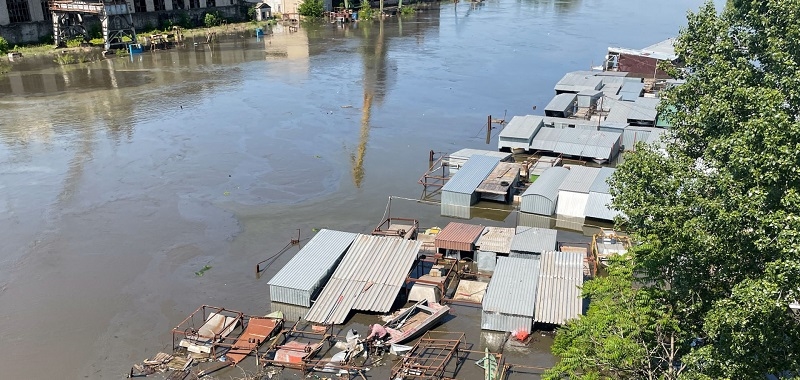 |
| A dam burst caused flooding in an area of the city of Kherson. Photo: Getty Images |
Speaking to reporters, the US National Security Council's Strategic Communications Coordinator John Kirby stressed that there is currently no concrete evidence to conclude who is behind the incident. Similarly, according to the BBC, British Prime Minister Rishi Sunak also said that it is too early to determine the cause and make a final assessment of the dam collapse.
Some sources said that after the collapse, the Kakhovka hydroelectric dam is almost beyond repair and in the long term, the dam collapse will have many serious consequences. AFP quoted Ms. Daria Zarivna, Communications Advisor to the Chief of the Ukrainian President's Office, warning about the negative impact on the environment due to the Kakhovka dam collapse, causing 150 tons of engine oil to spill into the Dnipro River. Ukraine is also concerned about the risk of hundreds of tons of oil continuing to leak into this river.
Public opinion also believes that the Kakhovka dam collapse not only flooded many residential areas but also made the power shortage situation in Ukraine even worse. Ukrainian Foreign Minister Dmytro Kuleba warned that the floodwaters from the dam collapse could cause long-term damage to ecosystems in Ukraine as well as the entire region. In addition, because the Kakhovka dam provides cooling water for the Zaporizhzhia Nuclear Power Plant, many people are concerned about the possibility of a nuclear accident at the power plant after the dam collapse. In response, Reuters quoted the International Atomic Energy Agency (IAEA) as saying that there is currently no direct threat to the Zaporizhzhia Nuclear Power Plant after the dam collapse.
According to UN Secretary-General Antonio Guterres, the Kakhovka dam collapse is a major humanitarian, economic and ecological disaster because it left at least 16,000 people homeless, not to mention thousands of others facing the risk of losing their clean and safe water supply.
Mr. Guterres said that the UN is currently coordinating with the Government of Ukraine to send assistance including drinking water and water purification equipment to the affected area. After a conversation with the High Representative of the European Union (EU) for Foreign Affairs and Security Policy Josep Borrell, Ukrainian Foreign Minister Dmytro Kuleba also announced on Twitter that the EU has offered to provide necessary support and humanitarian aid to help alleviate the consequences of the dam collapse.
ANH VU
Source








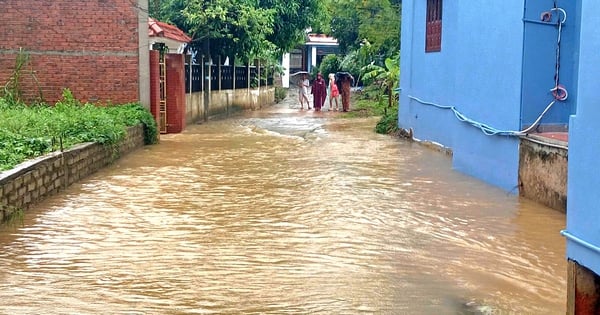

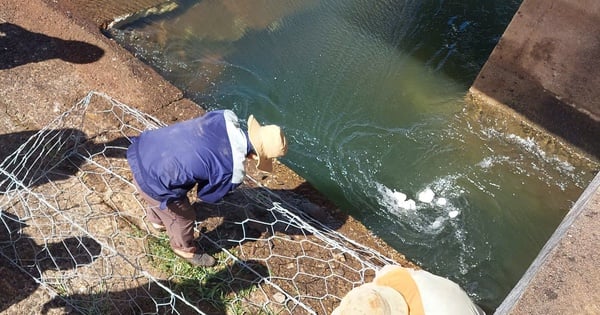
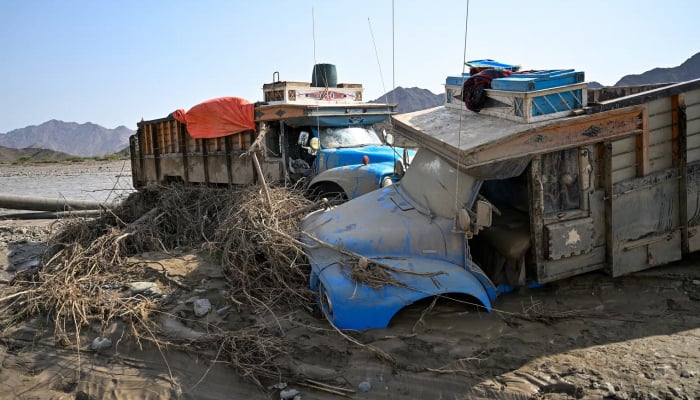




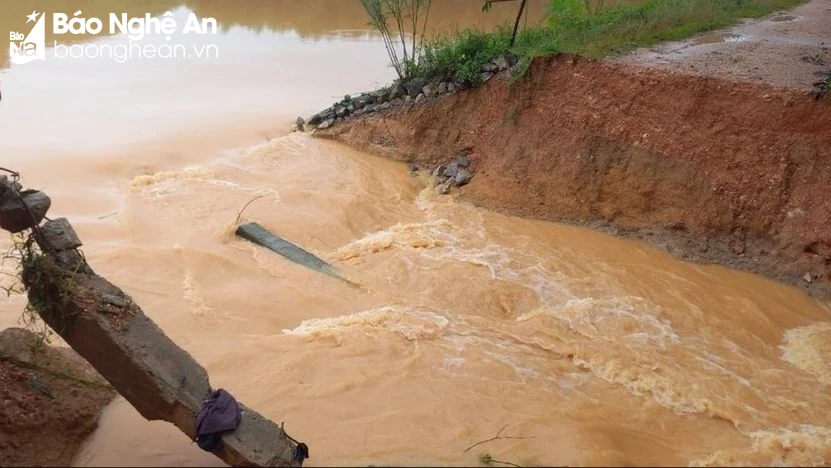
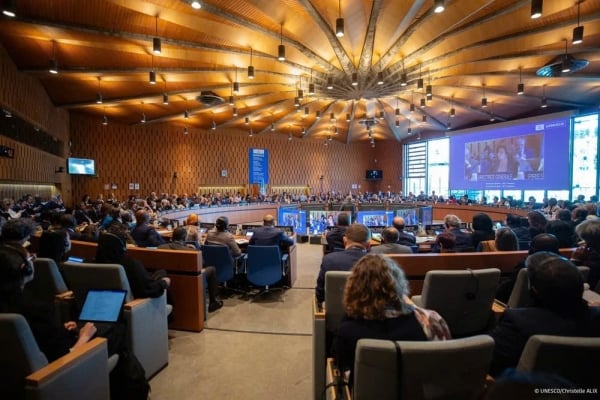












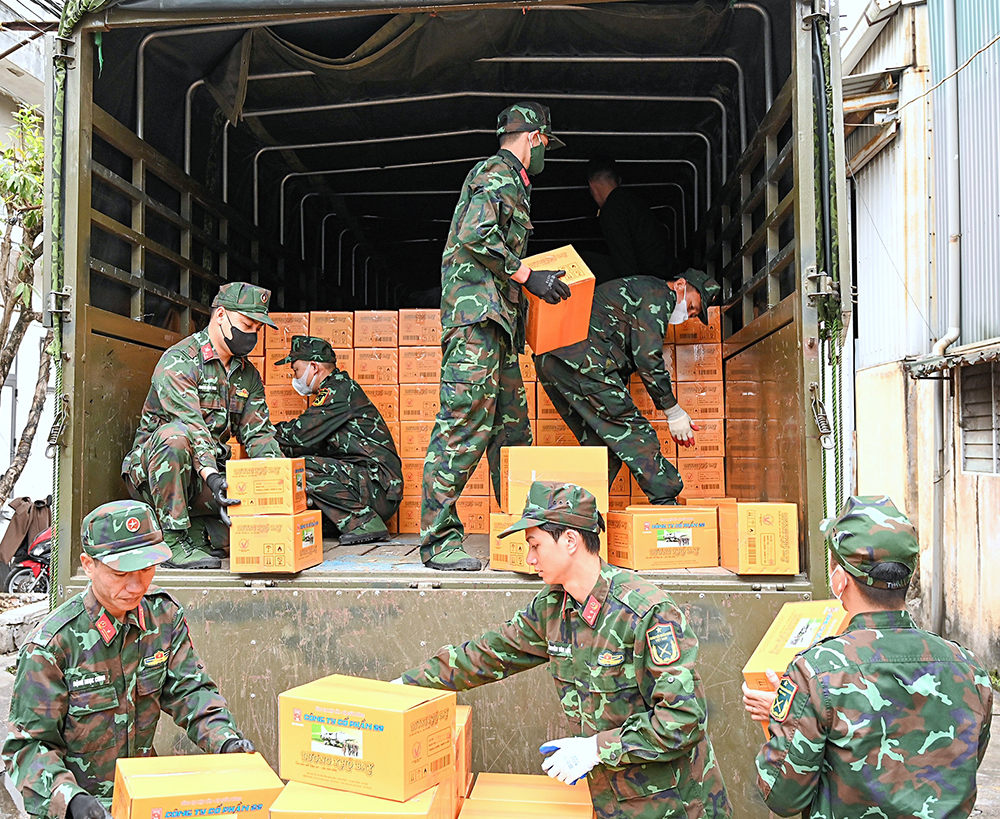
![[Photo] "Beauties" participate in the parade rehearsal at Bien Hoa airport](https://vstatic.vietnam.vn/vietnam/resource/IMAGE/2025/4/11/155502af3384431e918de0e2e585d13a)









































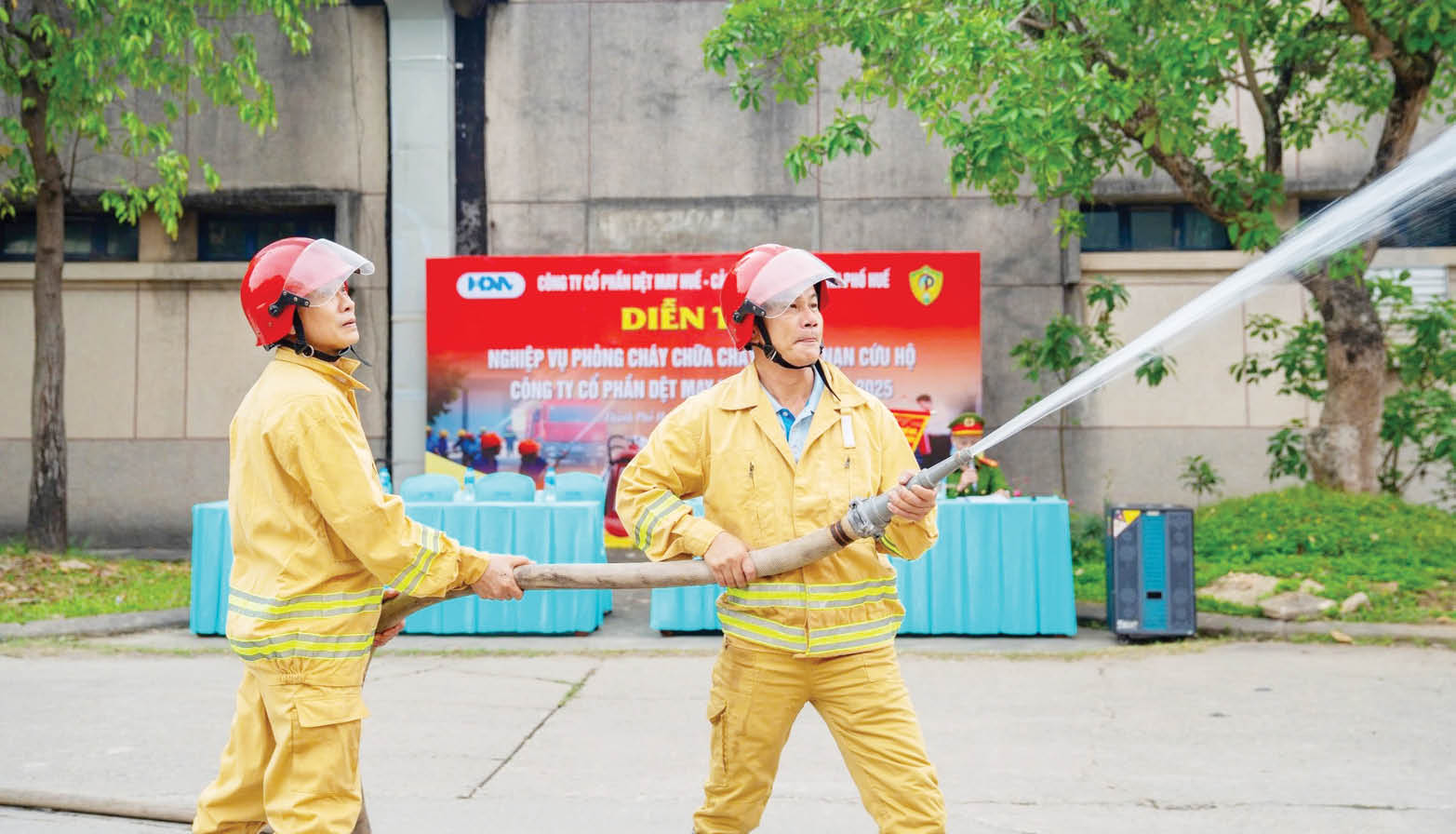




















Comment (0)